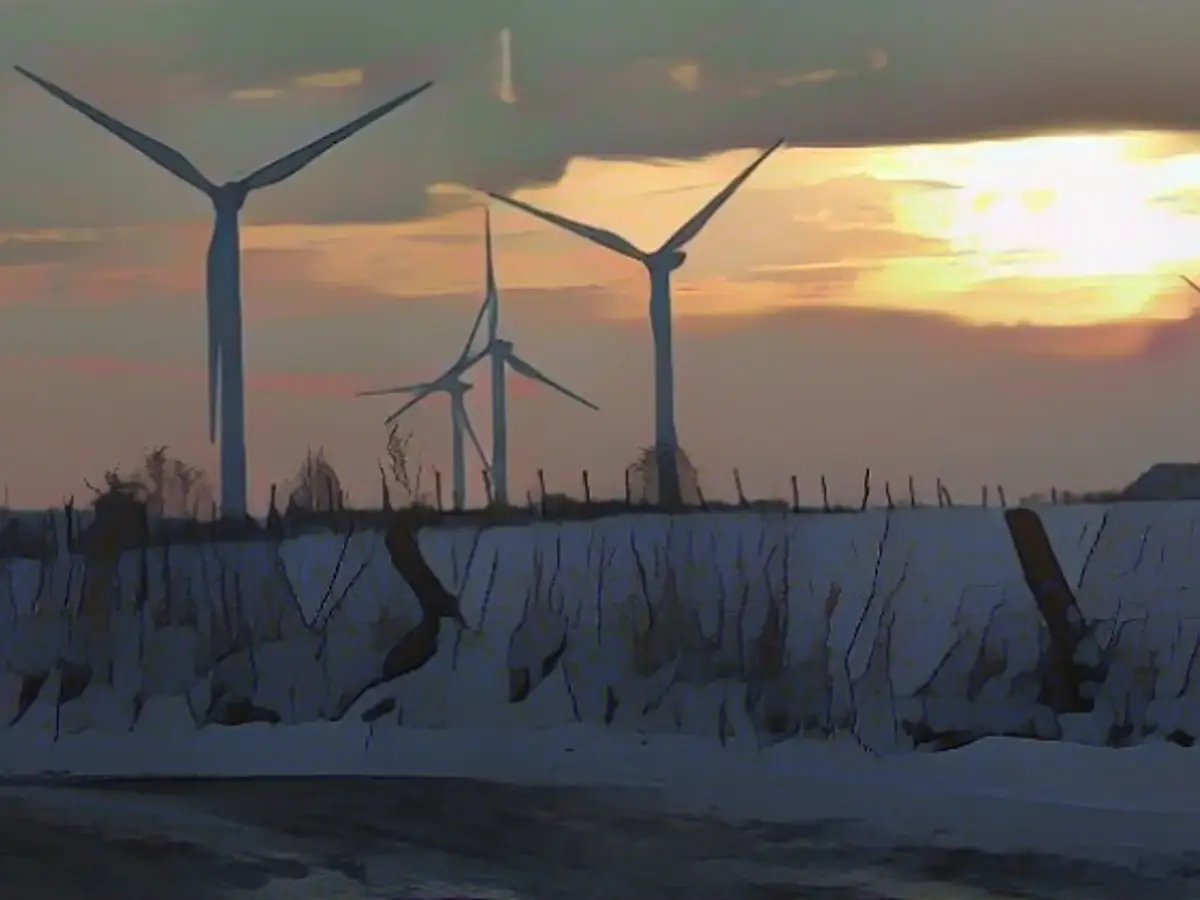The energy transition struggles without additional storage solutions
In order for the energy transition to thrive, it's not just wind power and solar energy that need accelerated growth. Crucial to success is the implementation of new energy storage facilities, capable of absorbing excess electricity during periods of overproduction and releasing it during times of high demand. While the technology for these energy storage solutions is available, progress has been sluggish thus far.
The science community is generally in agreement that the quick expansion of renewable energies is essential to replace fossil fuels. Despite this, attention has mainly been focused on wind power and solar energy sources. According to the Federal Environment Agency, the size of wind farms and solar panels increased by 2452 megawatts and 7441 megawatts, respectively, in the last year. Meanwhile, the potential for hydropower and biomass energy sources is largely dwindling, with geothermal energy left stagnant.
The German government has set ambitious goals for renewable energy expansion, aiming to reach at least an 80% share of electricity generation by 2030. Yet, expanding this rapidly may increase energy consumption, as seen in Germany's projected gross electricity consumption of at least 660 terawatt hours (TWh) by 2030 and over 1000 TWh by 2050. In fact, renewable energy may not be able to meet the increasing energy demands on its own in the foreseeable future. However, the German government anticipates a demand of 750 TWh in 2030, which will be offset by 600 TWh of renewable energy.
Energy storage innovations are necessary to bridge the gap between energy production and consumption. This need for energy storage is apparent, especially during periods of low sunlight or diminished wind, when energy production plummets. The German government plans to compensate for these shortcomings with backup power plants, primarily relying on existing natural gas power plants, although hydrogen, biogas, and methane gas plants are also under consideration.
However, Germany's future reliance on new power plants may face difficulties with current regulations that make them economically unviable. While large-scale battery storage systems, such as those with lithium-ion batteries, have great potential, alternative technologies like sodium-ion batteries and redox flow batteries are also making strides. For instance, a recent breakthrough in sodium-ion batteries significantly reduced lithium consumption, making them more durable and less expensive than lithium-ion batteries.
In some cases, existing infrastructure can serve as a forgotten resource for energy storage. For instance, former sites of fossil fuel or nuclear power plants can be repurposed for battery storage systems, potentially covering up to 65% of the storage requirements needed by 2030.
Moreover, existing pumped storage power plants can temporarily store excess energy for weeks or months and then release it when electricity demand is high. Nonetheless, the capacity for building new pumped storage power plants is limited, as they can only be constructed where a sufficient height difference exists.
Implementing an energy mix that emphasizes both renewable energy generation and effective energy storage strategies can ultimately help Germany and other countries navigate the complexities of the energy transition and ensure a more reliable and sustainable energy future.
Sources: [][][][][]








